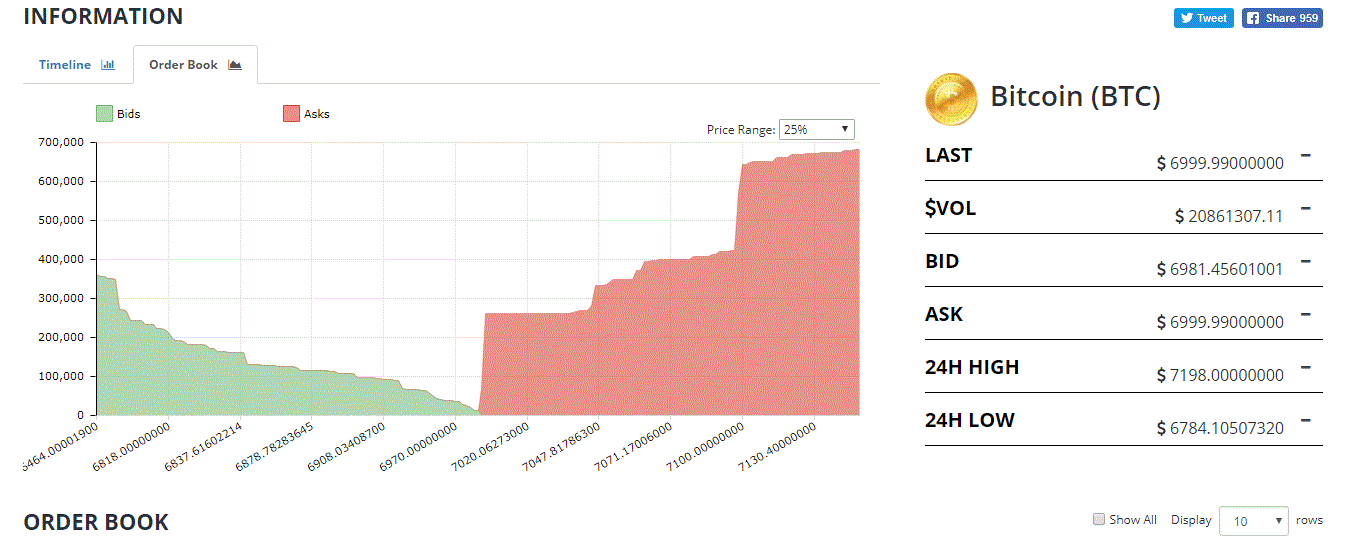Bitcoin and other cryptocurrency is here to stay and only time will show how and in what form this new technology will develop.
Currently, a cryptocurrency exchange is usually the main platform/ institution for people to buy and sell cryptocurrencies for fiat currency, or exchange one cryptocurrency for another cryptocurrency.
Therefore, the cryptocurrency exchanges play very important role in the cryptocurrency industry.
But cryptocurrency exchanges currently operate without enough regulations and hence they can easely manipulate the cryptocurrency price.
Many cryptocurrency analists have pointed on several cases of Bitcoin (BTC) price manipulation by large cryptocurrency exchanges.
Just one example of BTC price manipulation was performed on the Mt.Gox exchange, which inflated the BTC price from $140 to $1,150 between February and November 2013.
The price increase was due to market manipulation caused by two trading bots that seemed to be performing valid trades but did not actually own the bitcoin they were using. These trading bots operating on the Mt.Gox exchange created fake trades and made millions of dollars while manipulating the price of BTC.
Other instrument that the cryptocurrency exchanges use to manipulate the Bitcoin price and profit from that is something called FRONT RUNNING.
So what is Front Running ?
According to Wikipedia, Front running, also known as tailgating, is the prohibited practice of entering into an equity (stock) trade, option, futures contract, derivative, or security-based swap to capitalize on advance, nonpublic knowledge of a large pending transaction that will influence the price of the underlying security. Front running is considered a form of market manipulation in many markets.
So in order to understand how an crypto-exchange performs a front running trades let's look in the following example.
Assume Alice wants to sell 1 BTC for $10,000 and Bob urgently needs to buy 1 BTC at market price. Alice and Bob’s orders are sent to the exchange and logged in the exchange order book.
The exchange is now exclusively aware that Alice wants to sell 1 BTC for $10,000 and that Bob wants to buy 1 BTC at market price.
The exchange can now insert its own orders. One order to buy Alice’s BTC and another to sell that BTC to Bob. Instead of paying $10,000 for 1 BTC, Bob winds up paying $11,000 and the exchange pockets $1,000.
Below is an example of Bitcoin exchange order book.

This trade example between Alice and Bob shows that crypto-exchanges are best positioned to profit from front running, as they can insert their own buy order before a trader’s large buy order and sell the purchased asset right after the trader’s order is executed.
The trader ends up paying more for his purchase the Bitcoin price has increased by manipulation and the exchange has pocketed a substantial profit on the traders expense.
Many traders and analysts have flaged hundreds of instances of crypto-exchanges suspected front running, but the allegations are impossible to prove because of the complete opaqueness of the order book.
Therefore goverments must regulate the crypto-exchanges as the need of transparent cryptocurrency price formation is imperative in protecting investors and the public interest from fraud and price manipulation.
Maybe an answer to this issue is to force the exchanges to decentralise their order books by using the blockchain technology, which will make transactions verifiable and auditable, and front running impossible.
However, it is crucial for crypto-exchanges to be regulated and prove that they cannot practice market price manipulation.